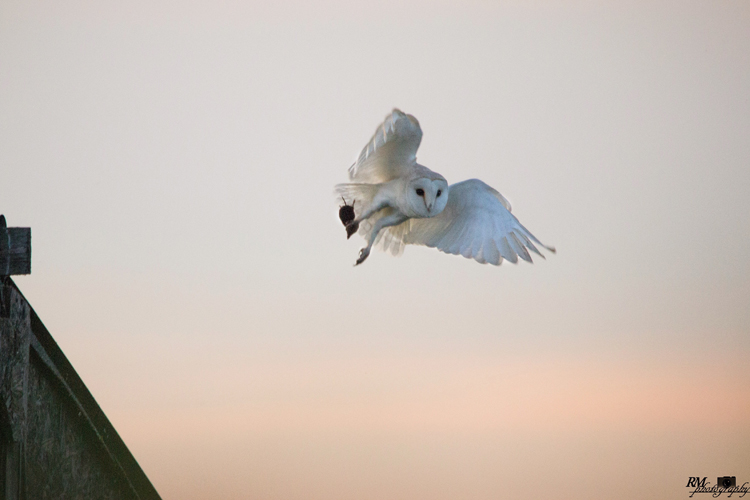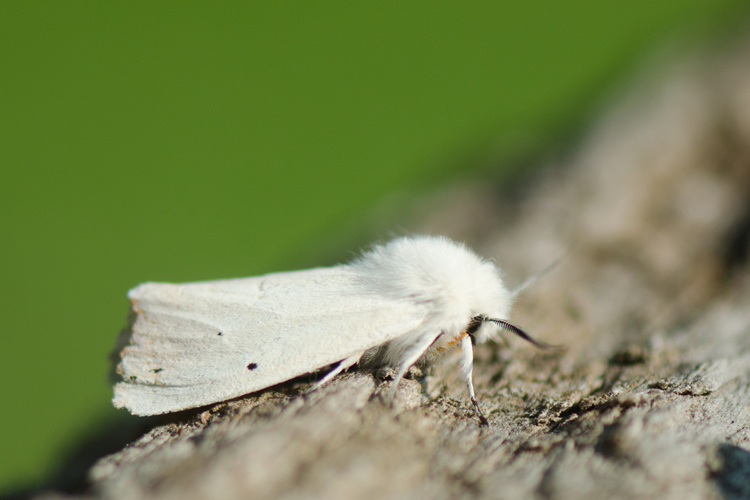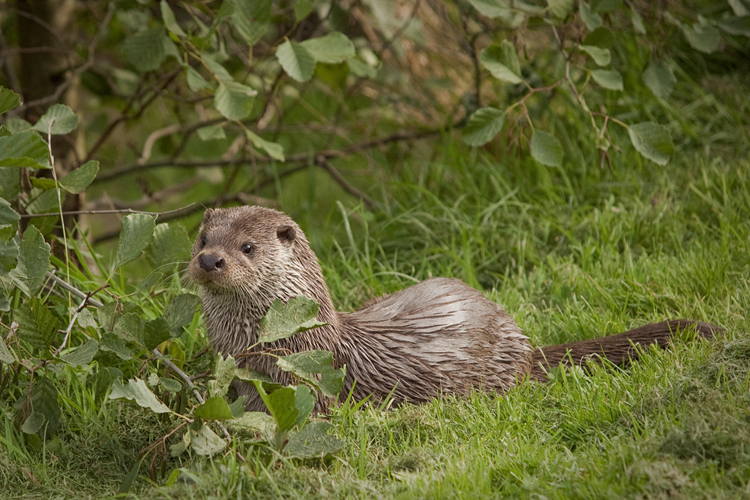


Close to the river’s edge is agricultural land and this is where you are most likely to see a barn owl. You need to pick a dry night as the feathers of a barn owl aren’t water proof and so they avoid damp conditions. Listen out for them, as they have a distinctive ‘scream’ or ‘hiss’ when they’re hunting. If they aren’t calling out they are entirely silent so you need a keen eye for a small white ghost as it drifts noiselessly above the fields.
Barn owls have unfortunately become much more uncommon in recent years as a result of traditional nesting sites being destroyed, however there are now over 50 specialist barn owl boxes across the broads. A great place to spot a barn owl is also at one of the many Norfolk Wildlife Trust, Suffolk Wildlife Trust or RSPB sites across East Anglia.
Around the Broads at night the common pipistrelle bat can be found ‘areal hawking’ hunting between 2cm and 10 cm above ground level searching for insect prey. It emerges at around ten minutes past sun set and its silhouette can be seen fleetingly cross the half dark sky. By the river’s edge is an ideal place to catch a glimpse of these tiny bats as reed beds are a natural habitat for a range of insects, -bats are particularly fond of aquatic midges so the Broads are the perfect location to spot them.
Lightly wooded nearby areas are likely to host bats, particularly areas of dead wood, so somewhere where these trees are protected (such as How Hill) would be a good place to go for a sighting. Sadly the pipistrelle bat has declined dramatically in recent years due to modern farming practises, but there are an array of bat boxes dotted about the national park to give them the best chance possible.

A rare and beautiful moth to look out for during night-time wildlife watching is the Water Ermine moth. It is a scarce and local variety to the Broads National Park, preferring damp fenland locations. For an even better chance of spotting this creature find a spot near their favourite food source such as water dock and water mint. The moth takes its name from the habitat it loves (near water) and its beautiful coat that resembles the colouring of a stoat in winter, or as it’s otherwise know, ermine. Look out for its regal white wings fluttering through the reed beds.
One of the indicators that the Broads are well looked after is the presence of toads, who require clean fresh water to thrive. Fortunately the national park has plenty of wetlands providing these amphibians with the perfect natural habitat. But they are nocturnal, which means to really appreciate them in all their glory you need to be on the look out at night. They’re well camouflaged with their olive green and sandy brown skin so they will require some eagle eyed spectating to catch a glimpse.
One of the reasons it is so hard to spot an otter (aside from them being rare) is that they are a semi-nocturnal animal. If you’re out to spot one during a night-time wild-watching session then you’re most likely to see one at the beginning or end of the night as prime watching times are dawn and dusk. For a really good chance of spotting one of these shy creatures you need to stay still and quiet in the same place for well over an hour, -then your patience might just be rewarded…

Nocturnal wildlife watching can be a magical experience that allows you to spot creatures that you would never normally come across. Make sure that you’re quiet, still, and wrapped up warm, so that you can truly immerse yourself in the dark side of the broads!